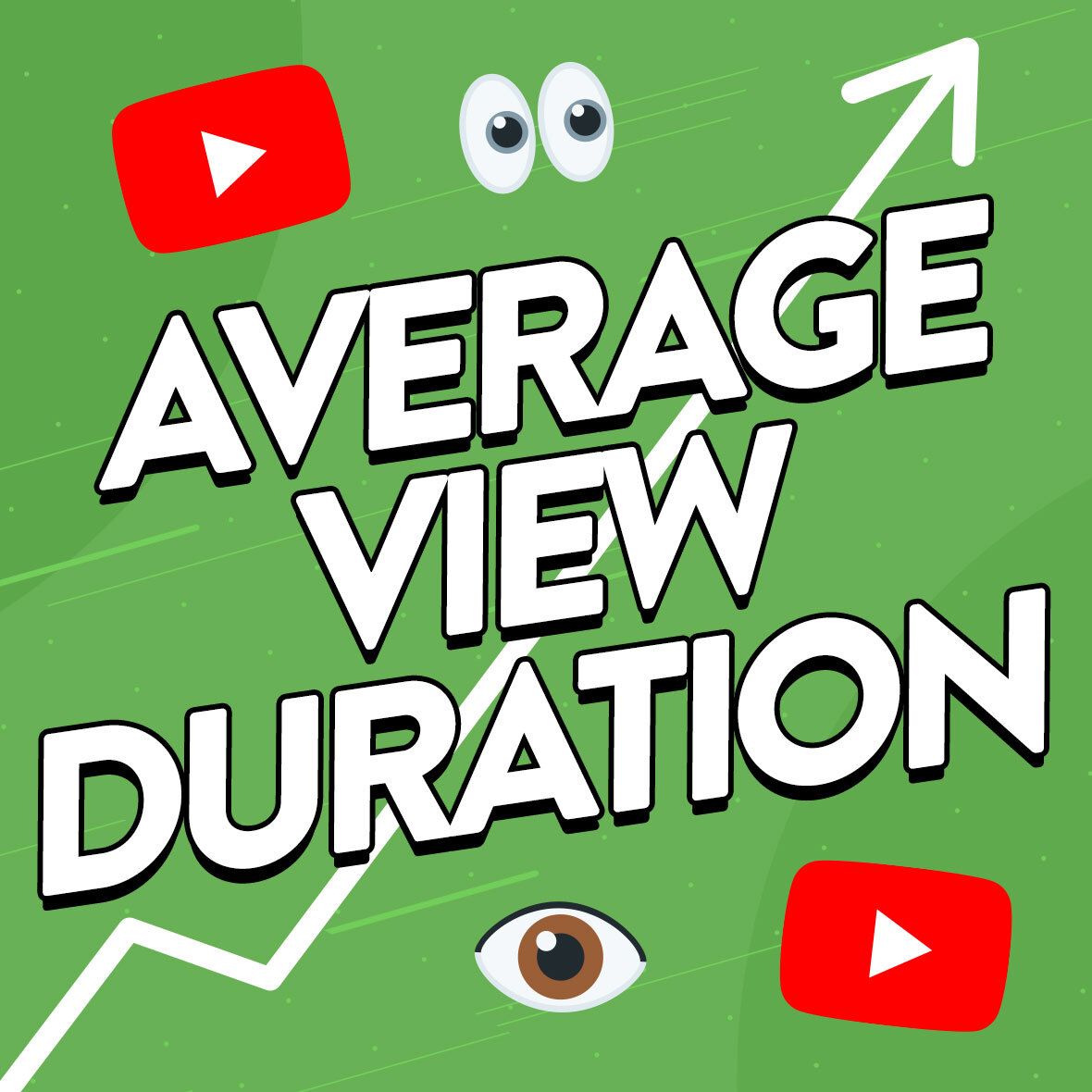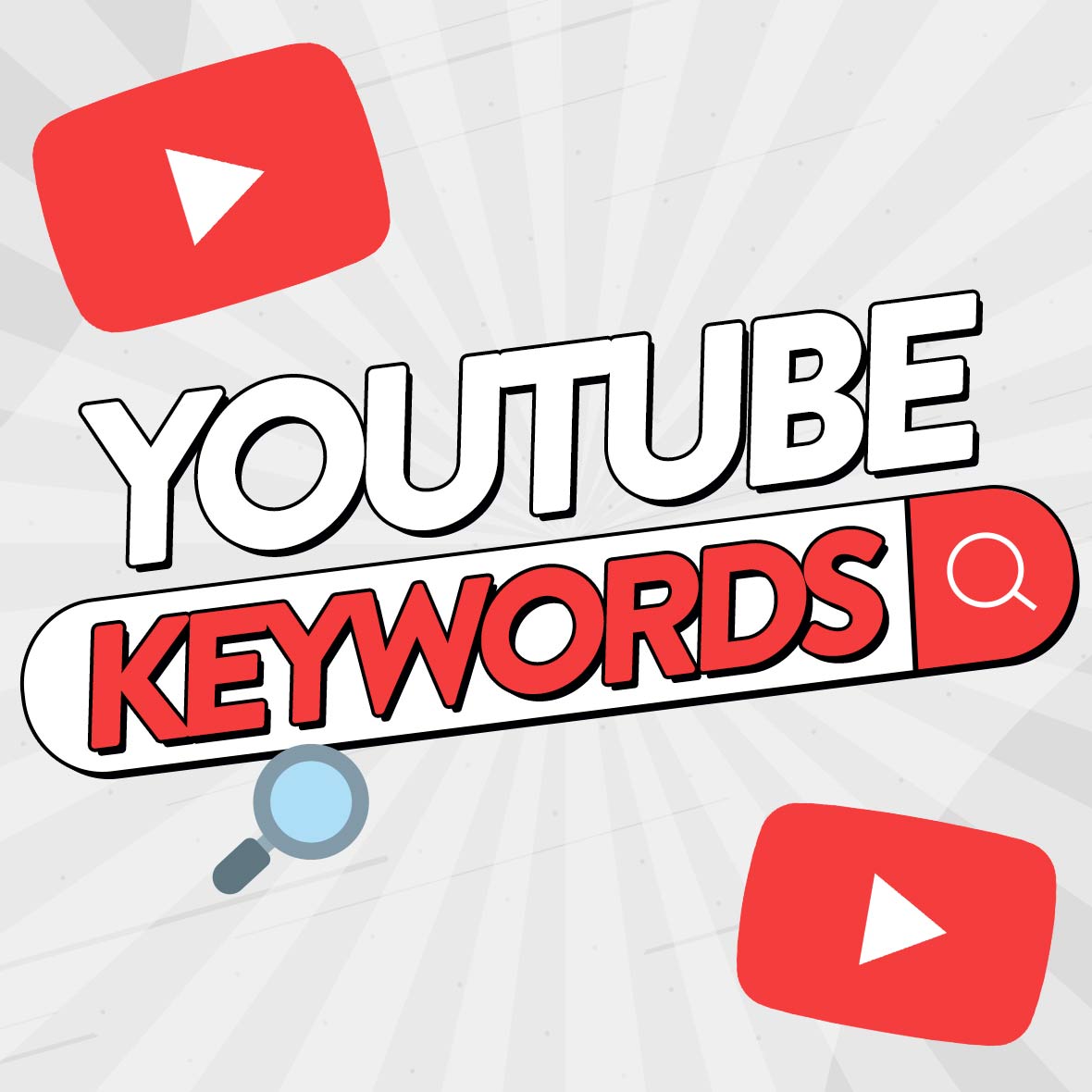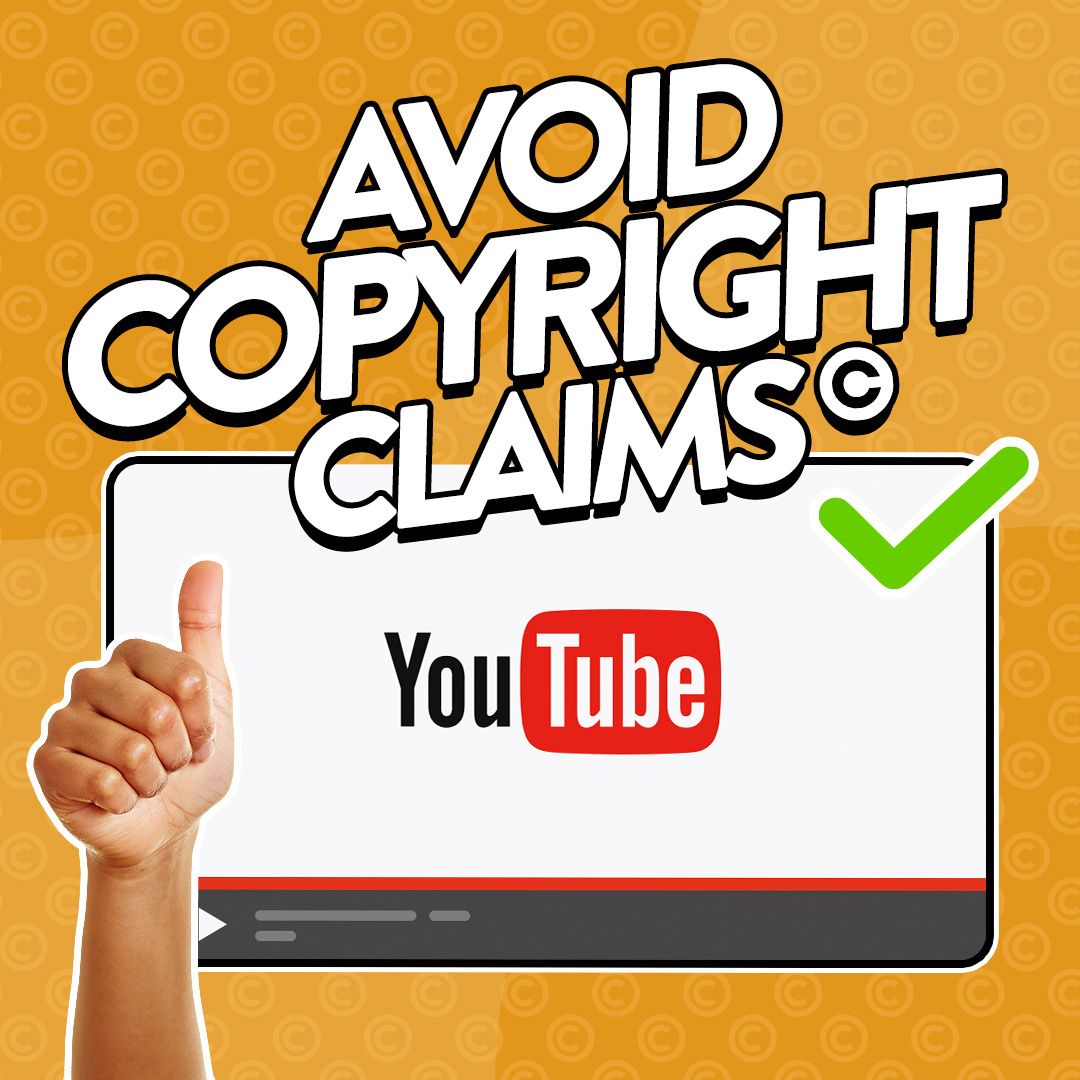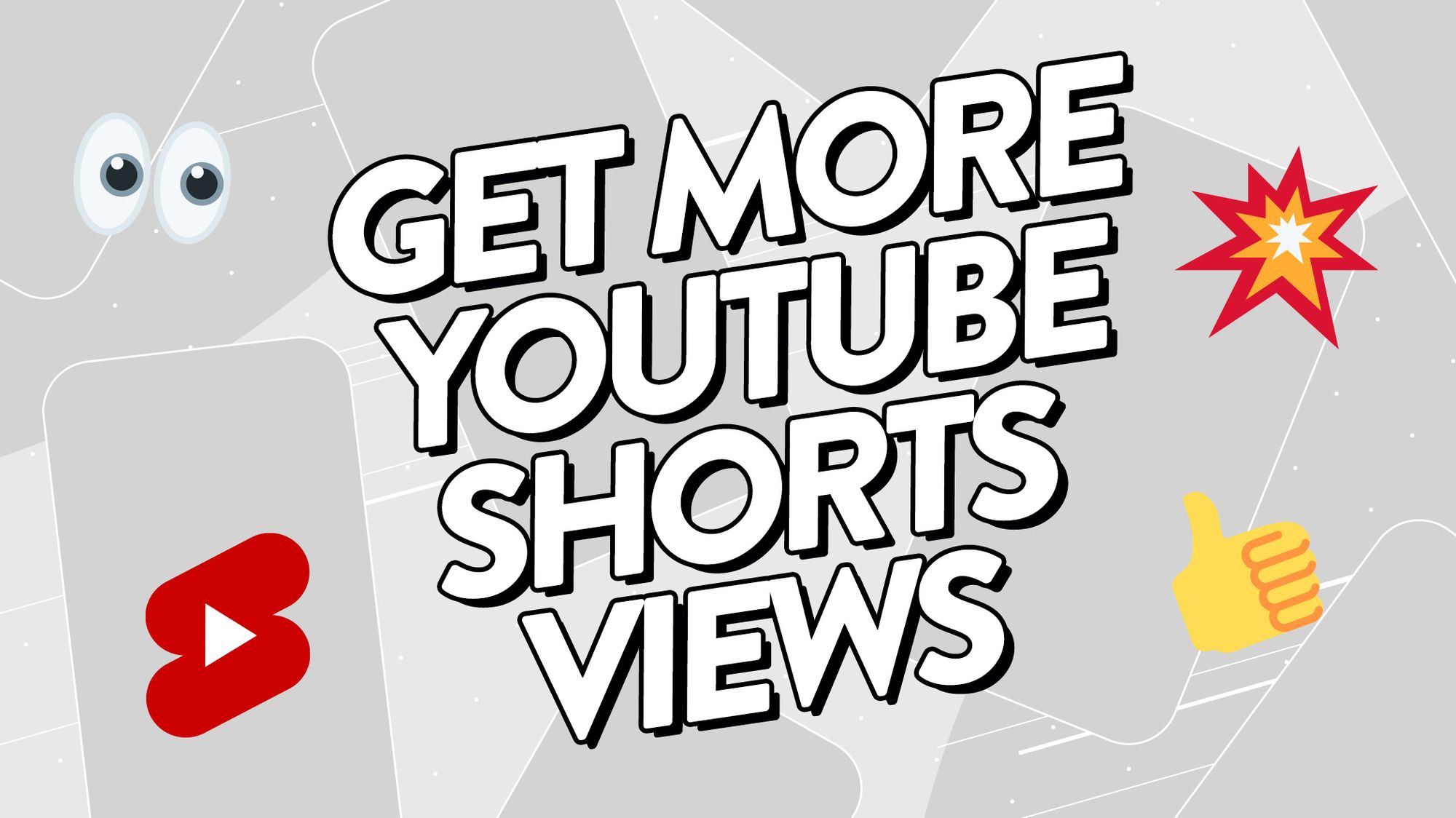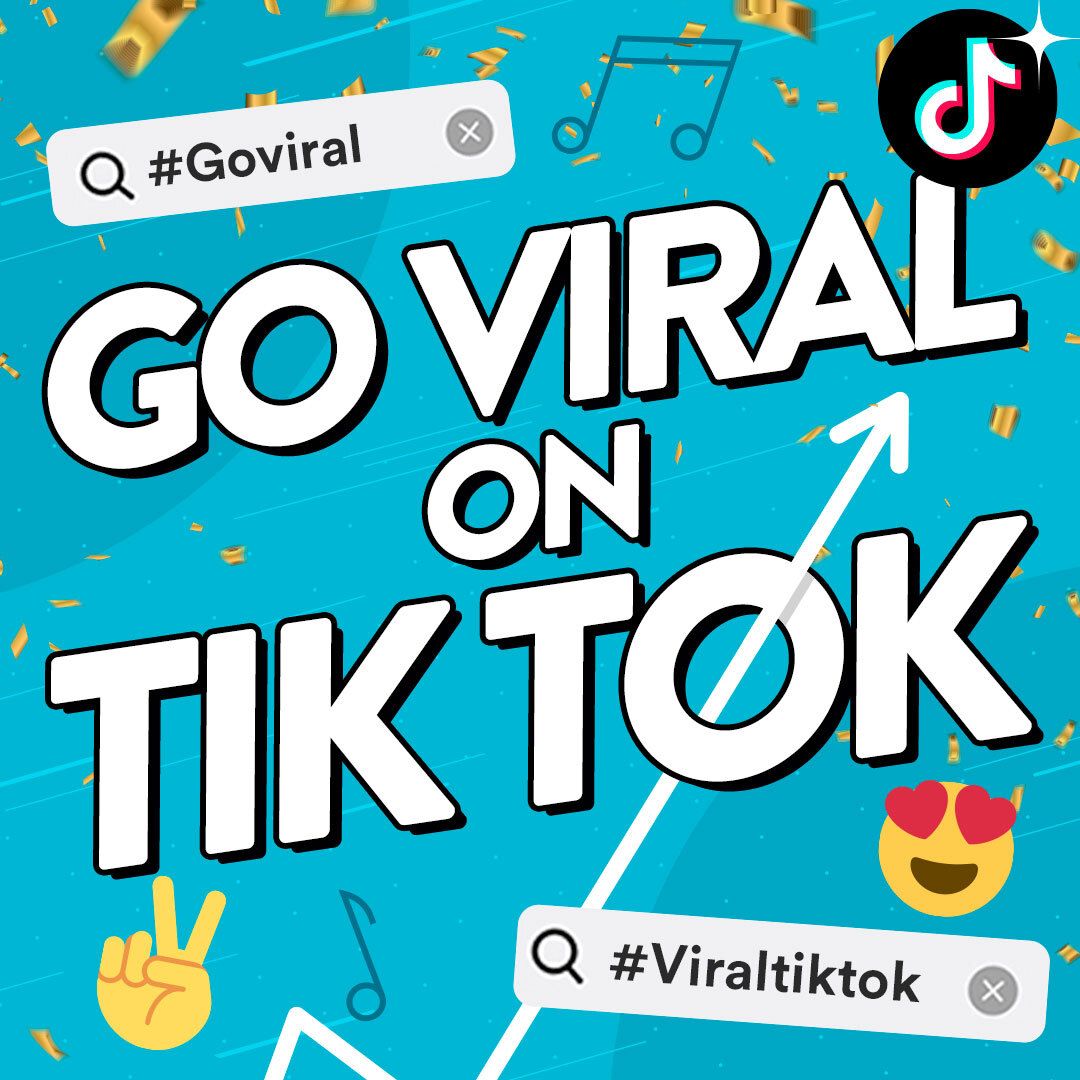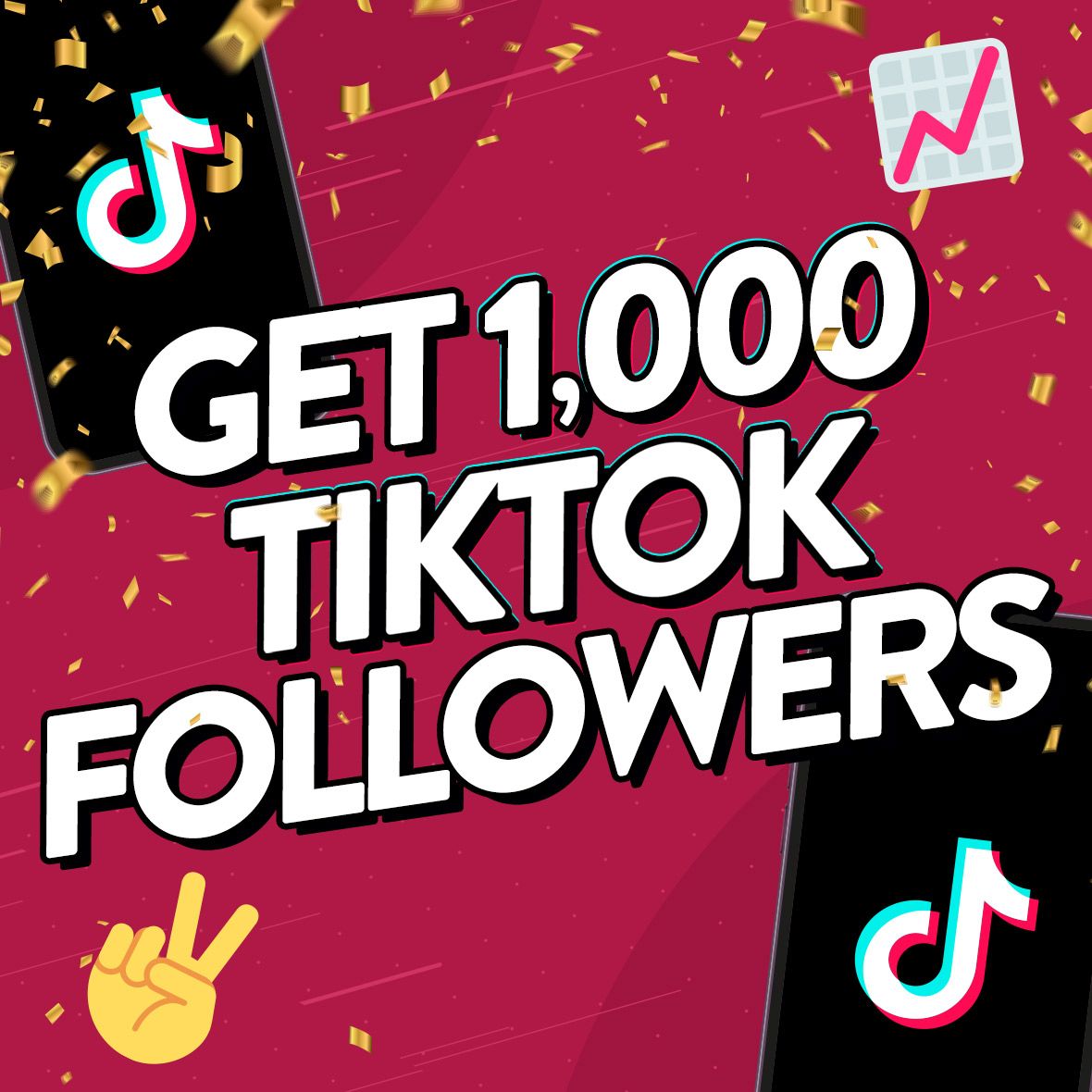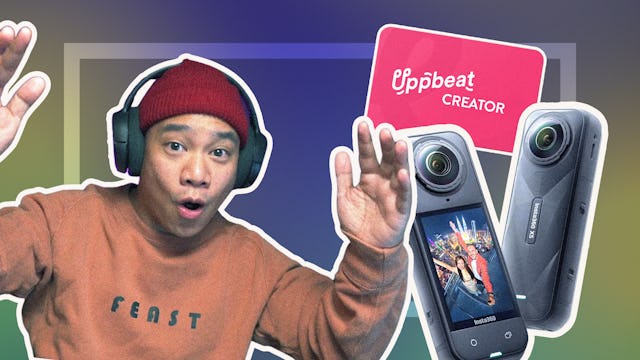If you’re a YouTuber turning your passion into profit, avoiding the potential pitfalls of YouTube demonetization is a big deal. No channel is immune to demonetization, with high-profile YouTubers like James Charles and Pewdiepie having their earnings affected down the years.
No matter if you’re YouTube royalty or you’ve just started earning from your videos, getting your head around the nuances of demonetization is critical if you want to protect your revenue. After all, earning a spot in the YouTube Partner Program is no small feat. You've invested time, creativity, and grit to get your channel to this stage.
Fortunately, staying on YouTube's good side is simple. Read on to learn what YouTube demonetization is and what happens when your content is affected. You’ll also find practical tips for evading demonetization and a step-by-step guide for how to appeal too.
- What is demonetization?
- What happens if your content is demonetized?
- How to avoid YouTube demonetization
- How to appeal YouTube demonetization
- Say goodbye to demonetization
YouTube Demonetization: What does it mean?
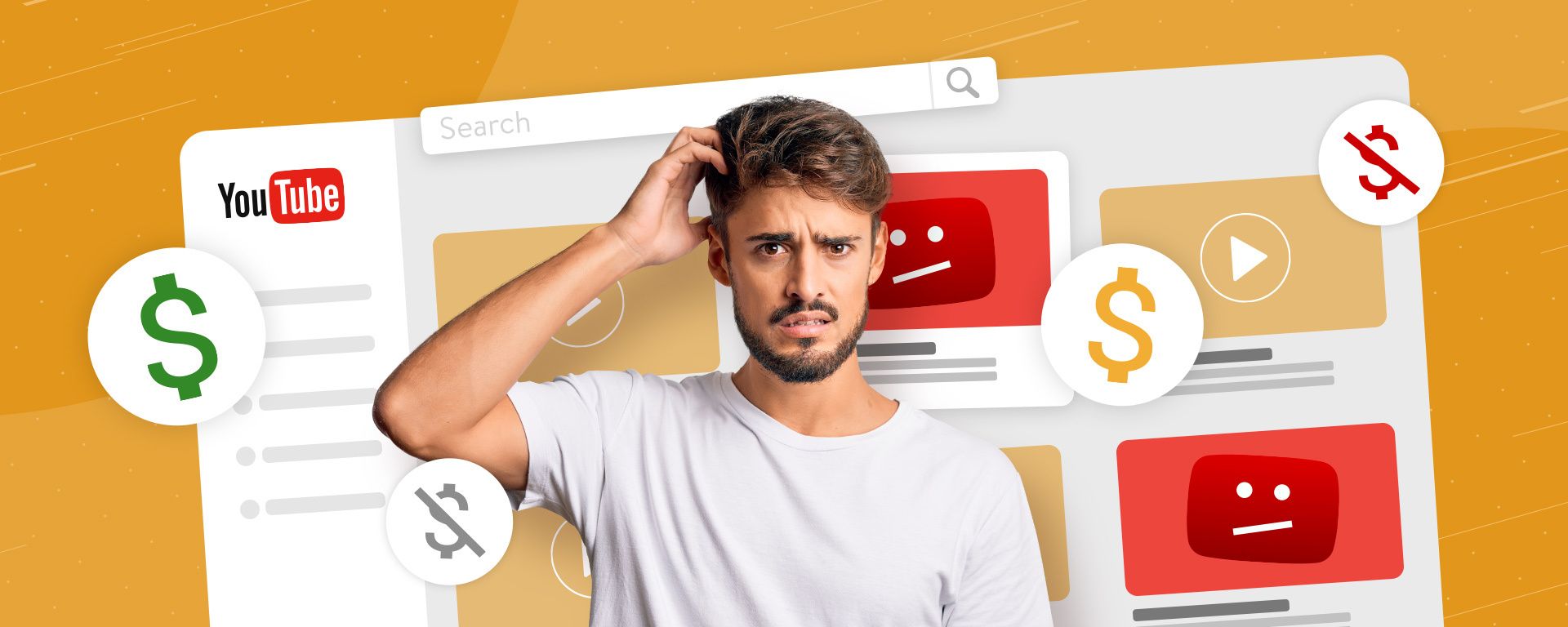
YouTube demonetization is when YouTube takes away your ability to earn ad revenue, either from a specific video or your entire channel. This happens when content is found to violate YouTube's strict advertiser-friendly content guidelines.
YouTube has these guidelines in place to serve as a protective shield, ensuring advertisers don't unwittingly align themselves with unsuitable or controversial content. The simple way to keep your content safe is to make sure it’s advertiser-friendly.
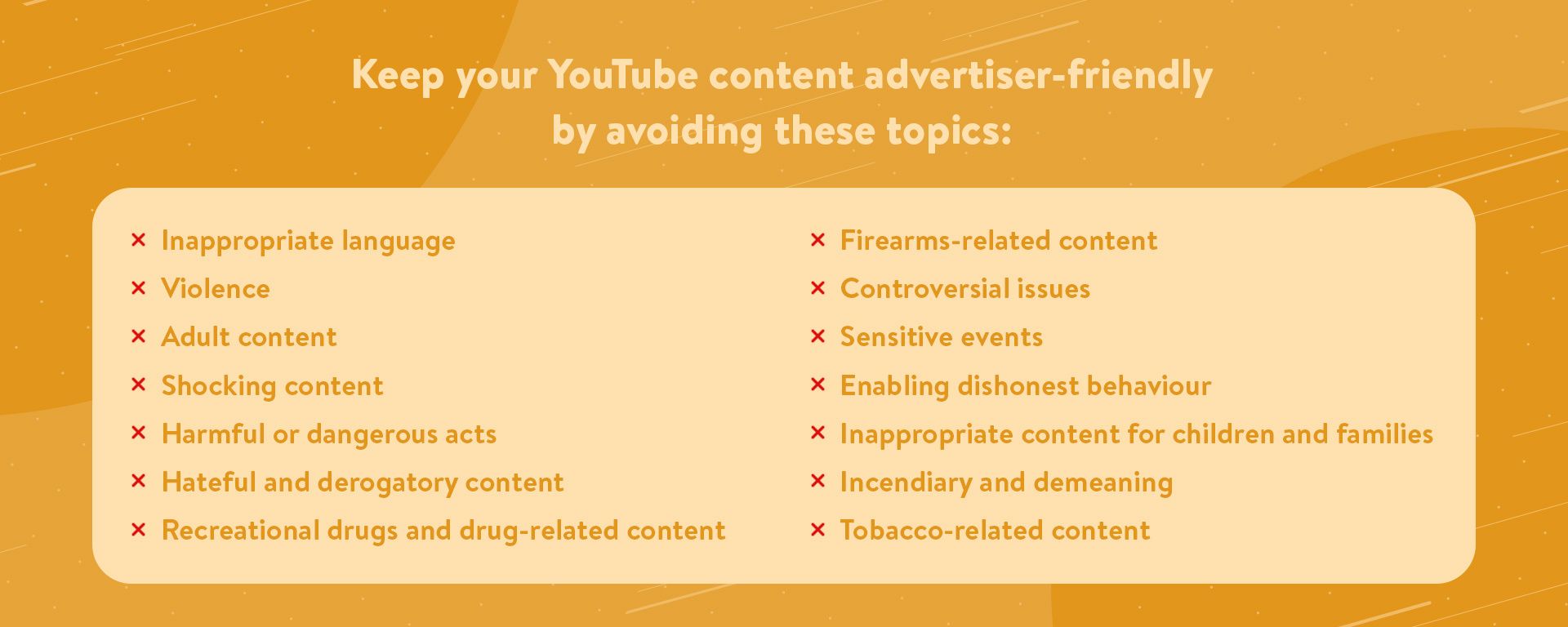
Remember, demonetization isn’t designed to be a measure against you as a content creator. YouTube uses it as a last resort to ensure content aligns with its guidelines and keeps its advertisers happy.
Keep in mind that even if one of your videos does get demonetized, it doesn't automatically mean it’ll be taken down. The video can still be viewed and shared, but it won't earn ad revenue.
What happens if YouTube demonetizes your content?
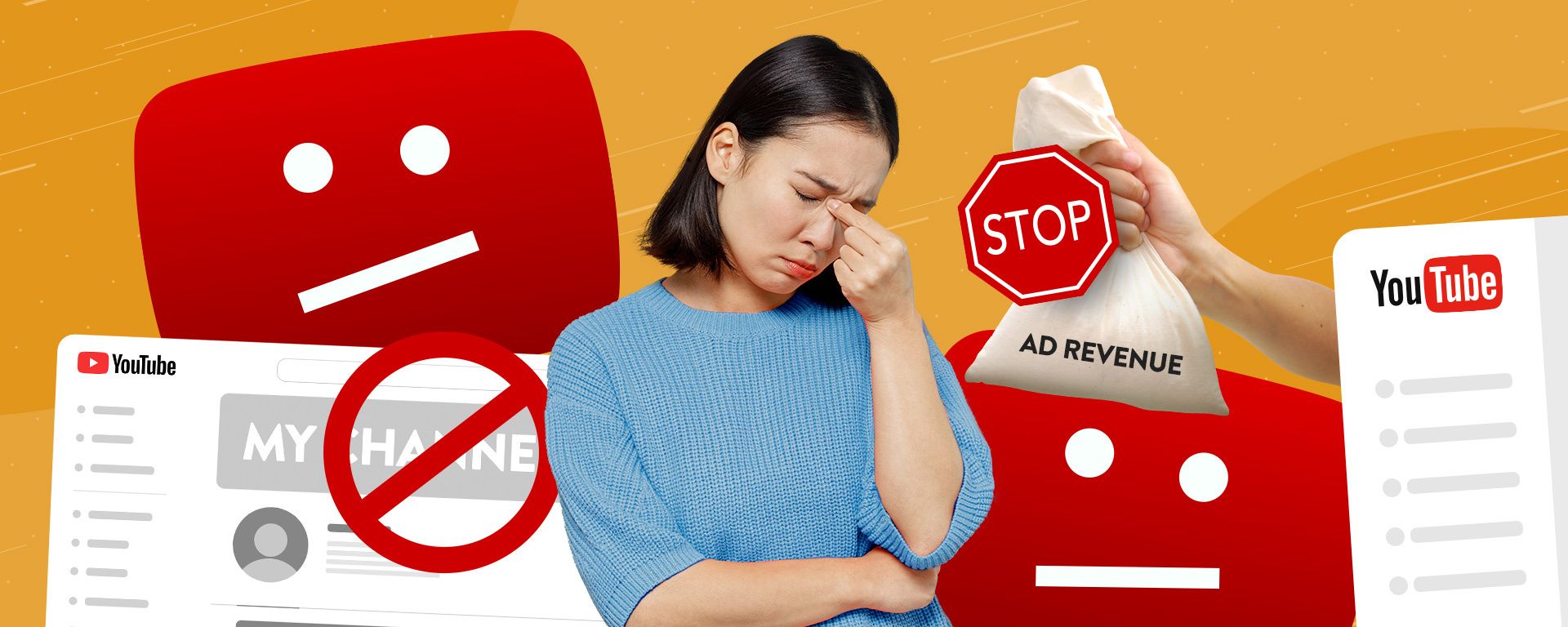
When a video or channel is demonetized, you’ll stop receiving ad revenue and won’t get paid by YouTube. It can happen to anyone. Logan Paul is one of YouTube's biggest names, but still saw his entire channel demonetized after uploading controversial videos.
Demonetization hits hard, especially for creators who depend heavily on ad revenue. It means any potential ad earnings from the affected video are lost. Some creators might notice a minor dip in earnings, while others could face a significant financial setback, particularly those with a large viewer base.
So what exactly will YouTube do if it finds your content has breached its monetization policies? Its team of reviewers are constantly making sure channels on the YouTube Partner Program are following the rules. If your channel is flagged, YouTube could take one of the actions below.
- Withhold or adjust your earnings from content
- Make deductions from your future earnings
- Limit ad revenue from your videos
- Suspend your participation in the YouTube Partner Program
- Suspend or even terminate your YouTube channel
However, it's not all doom and gloom. Even in the face of demonetization, creators can tap into alternate revenue streams like channel memberships, merchandise sales, Super Chat, and revenue from YouTube Premium viewership. Check out our guide on the different ways to make money on YouTube for ideas on how you can maximize your channel’s earning potential.
Identifying Demonetized Videos
Wondering how to check the monetization status of your YouTube videos? Head to YouTube Studio to see if your YouTube videos are affected. If you've activated ads, you'll notice a monetization icon next to each video. This handy little icon signals whether a video is generating income. Here's what each color indicates:
- Green: Your content meets the advertiser-friendly content guidelines and you're earning ad revenue from your video.
- Yellow: Your video didn't meet all of the advertiser-friendly content guidlines and brand can choose to opt out of ads on your video.
- Red: There's a copyright claim on your video, and it isn't eligible for monetization.
- Off: You've opted not to monetize this particular video, but you can switch this on to receive revenue.
Take steps to avoid YouTube demonetization
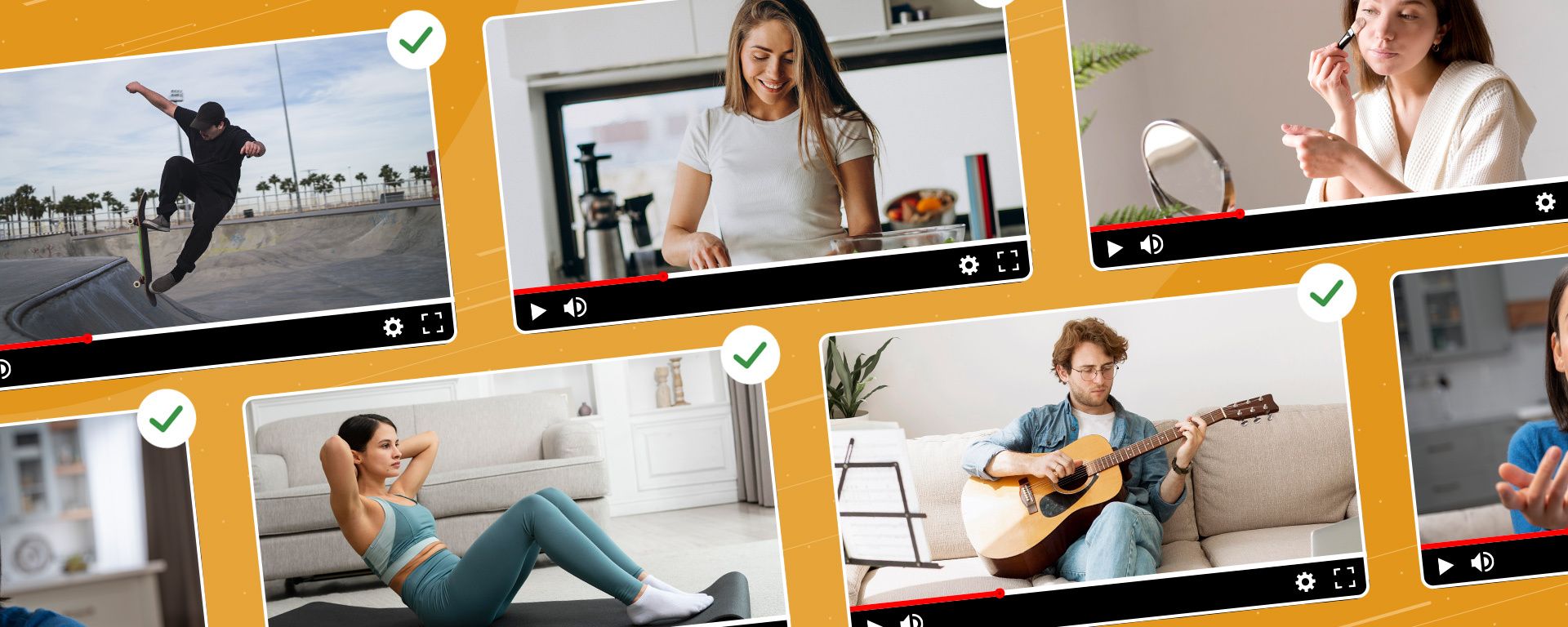
When it comes to YouTube demonetization, prevention is definitely better than cure! Your first line of defense is understanding YouTube's content guidelines and ensuring your content falls within its boundaries. Keep your content safe by dodging certain topics:
🤬 Avoid explicit language and graphic content. Keep it clean and viewer-friendly.
👷 Steer clear of harmful or dangerous acts. Your safety, as well as that of your viewers, should always be paramount.
👎 Refrain from focusing on controversial or sensitive topics.
The best practice is to focus on creating high-quality content that complies with YouTube's guidelines. This will not only help you maintain your channel's monetization status but also keep ad revenue flowing from your videos.
Steer clear of copyright issues
One of the most common causes of YouTube demonetization is the unlawful use of copyrighted material. It’s a content creators’ nightmare as it only takes a few seconds of the wrong track for your video to get flagged. It's easy to avoid too!
Check out our guide on how to avoid copyright claims on YouTube to get the full lowdown on keeping your content safe. But to put it simply, the easy way to avoid demonetization for copyright issues is to use copyright-free music.
That's where Uppbeat comes to the rescue! Browse through our extensive catalog brimming with phenomenal artists and tracks. You’ll find a soundtrack that's not only perfect for your videos, but will also keep you free from copyright issues and monetization worries.
Appealing YouTube demonetization: Step-by-step
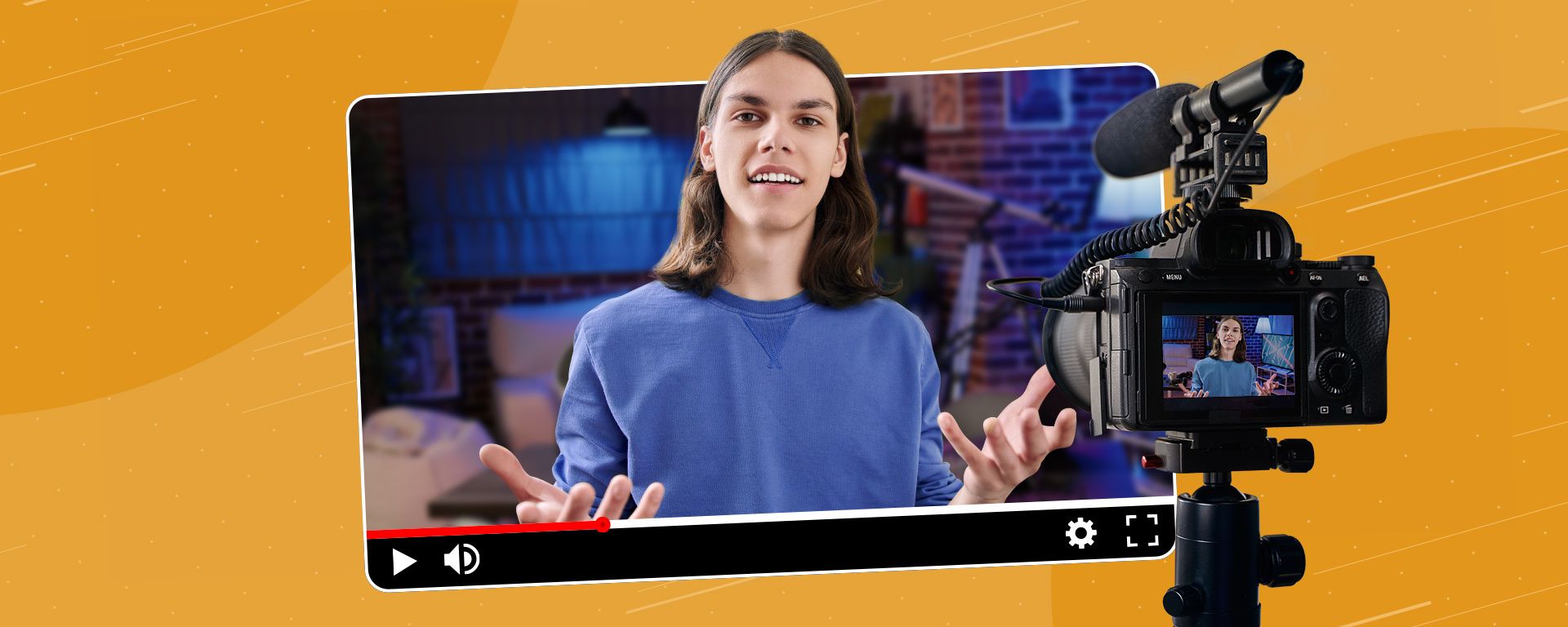
YouTube isn’t perfect and sometimes mistakes happen! If you feel like one of your videos has been demonetized unfairly, you have the option to submit an appeal to YouTube and have your content assessed by following these steps.
- Identify why the video was demonetized: Firstly, figure out the specific reason for demonetization. You’ll find this information in YouTube Studio, right next to your demonetized video.
- Review YouTube’s guidelines: Take a moment to diligently review the guidelines. If after careful evaluation you strongly believe your video aligns with YouTube's policies, you can submit an appeal.
- Submit your appeal: This can be done in the YouTube Studio. Click on the dollar sign next to the video that's been demonetized and follow the prompts to state your case. Your appeal should reference YouTube’s policies and explain exactly why you think the demonetization is unfair.
- Await manual review: Remember, your appeal triggers a manual review process, where actual people will scrutinize your video to confirm it follows YouTube's guidelines. If your appeal is successful, it's time to rejoice - your video will be re-monetized!
It's important to stress that appealing shouldn't be a knee-jerk reaction. Repeated unsuccessful appeals may lead to a comprehensive review of your channel, potentially causing more videos to be demonetized. Before hitting the appeal button, double-check your content genuinely abides by YouTube's policies.
Stay on YouTube's good side

Demonetization is a big deal for creators, but protecting your earnings on YouTube is far from complicated. After all, joining the YouTube Partner Program is no easy feat, so the last thing you want is to lose ad revenue.
Now you know what demonetization is, you’re well-prepared to make sure your content follows YouTube’s guidelines and won’t get penalized. If the worst does happen, you now have the tools you need to find out why you’ve been demonetized and how you can appeal.
One of the easiest ways to keep YouTube happy is to avoid copyright issues by soundtracking your videos with royalty-free music. And that’s where Uppbeat comes in! Explore a library packed full of the best music for creators and start downloading tracks that are safe to use in your videos for free.
Guides to help you make the most of YouTube
The most successful YouTubers know the platform inside out. If you don't take advantage of all the tools and tricks YouTube has to offer, you could miss out on more views, subscribers and ways to make money. So check out our guides to see how you can level up on YouTube:
- Customize your YouTube Channel: A Guide to Profile Pictures, Thumbnails and Banners
- Free YouTube Tools: 18 Must-Have Tools to Increase Views and Grow Your Channel
- YouTube Copyright: How to Avoid YouTube Copyright Claims
- YouTube Content ID explained
- The 12 Most Profitable YouTube Niches Ranked by Highest CPM
- YouTube Demonetization: Protect Your Videos and Earnings in 2025
- How Does YouTube Count Views?
- How to Make a YouTube Thumbnail: Boost Your Views in 9 Easy Steps
- How to See Your Subscribers on YouTube: A Step-by-Step Guide
- How to Use YouTube Studio to Grow Your Channel in 2025
- What is The YouTube Creator Music Library?
- YouTube Shorts: How to make and upload YouTube Shorts in 2025
- 61 Easy YouTube Video Ideas to Get More Views in 2025



